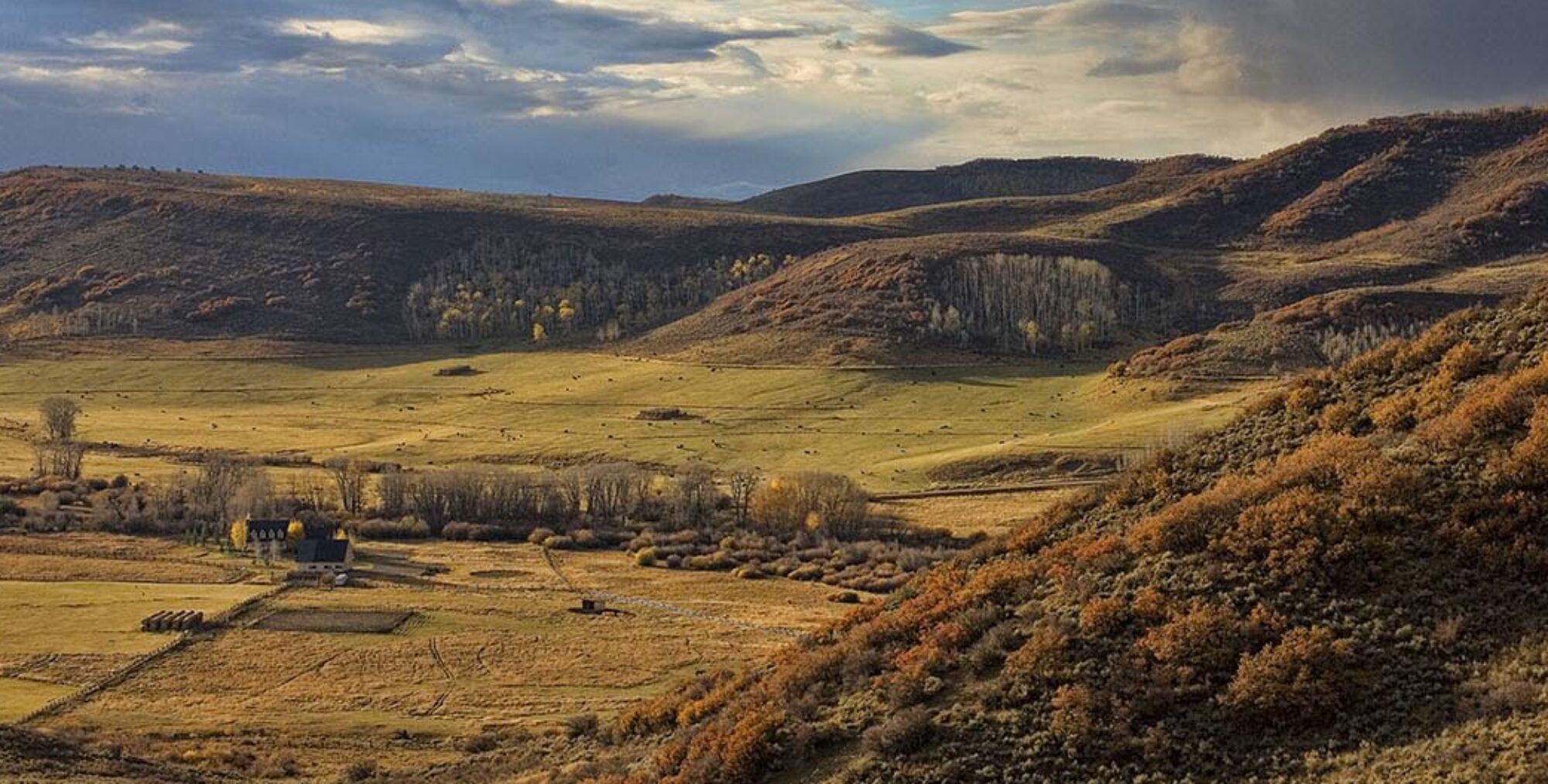Many of us are itching to travel after COVID-19 shelter-in-place orders are lifted and summer arrives. The outing may be just a few hours away, but criminals know everyone’s dying for a well-deserved escape, they have plans of their own.
The FBI’s 2013 Uniform Crime Report estimated there were 1,928,465 burglaries across the nation that year, and 74 percent of the time they occurred in a residence. Total loss to homeowners was $4.5 billion, for an average of $2,322 per crime.
Some firearms are included in those figures, but the numbers highlight shooters’ dedication to securing their collections. The assessed value of office-style equipment, television/stereos/gaming systems, household goods, food and liquor, clothing, jewelry and precious metals stolen that year all exceeded that of the guns reported missing.
Today’s enthusiasts use safes, trigger locks, vaults and alarms, but law enforcement agencies also recommend some common-sense tips that can enhance home security while you’re away. Here are a few from the pros.
Lived In Look
Nearly every department recommends making your home look occupied while you’re away. Newspapers stacked on the lawn, overstuffed mailbox and deliveries on the front porch are an invitations for trouble, but there’s a modern twist.
Authorities in Memphis, TN, warn, “Never cancel general deliveries such as mail, milk, newspapers and other services when leaving town or on vacation. But, don’t let those newspaper deliveries pile up, either.” A trusted friend should collect the bills and look around the house closely, because one burglar in San Diego admitted he, “…might leave a pizza flyer in your front door to see how long it takes you to remove it.”
Timers on two lights and a radio inside indicate occupancy, but San Diego’s Police Department adds, “Leave the bathroom light on with the door ajar to add to the impression that someone may be home.” Automatic yard lighting at night and motion-sensing floodlights are a consensus safety tip.
Law enforcement in Fort Lauderdale advises having a neighbor use your trash can helps sell the ruse. If you trust someone with a key, Minneapolis authorities recommend, “Leave your drapes in the normal position. Have a neighbor close them at night and open them at daylight, or use sheers.”
Cut the lawn before you leave. Ask a neighbor to park in your driveway and return the favor later. “Set the bell on your telephone on low,” Minneapolis adds. “A loudly ringing, unanswered phone is a sign no one is home.”
Social No No
The San Diego Police advise, “Never announce your vacation plans on Facebook, My Space, Twitter, or other social networking sites.” Philadelphia cautions, “Many burglars use these sites to identify ‘safe’ targets,” adding, “…at the very least, keep your location status off any public social-networking pages.”
Added Precautions
Lock the garage door and padlock it on the track inside. Request work staff to be cautious with customer inquiries about your whereabouts. Some law enforcement agencies will also check on the house, including Laramie, WY, and Fort Smith, AR, so it’s worth asking.
Safes
Early last year, The Economist asked Liberty Safe’s Brandon Payne how many safes it was selling a day. His answer was a staggering 500, each made-to-the-customer’s specification. Coupled with the growth of other major manufacturers, it’s obvious modern gun owners are serious about their responsibility and are eager to make the required investment. In fact, a November 2012 Department of Justice (DOJ) Crime Data Brief found gun thefts dropped by nearly 50 percent from 2005 and 2010, despite the fact FBI NICs checks increased from 8,952,945 to 14,409,616 during the same period. The DOJ website says, “Longer trends from 1994 to 2010 show a 49 percent decline in the total number of victimizations involving the theft of at least one firearm.”
Another San Diego burglar has a warning for smaller vault owners, though. “I won’t have enough time to break into that safe where you keep your valuables. But, I’ll take it with me if it’s not bolted down.”
Know Before You Go
If you’re traveling with a firearm, it’s also your duty to know the regulations at your destination and any stops along the way. Visit the NRA/ILA web page for detailed information before you go, including state-by-state reciprocity.

